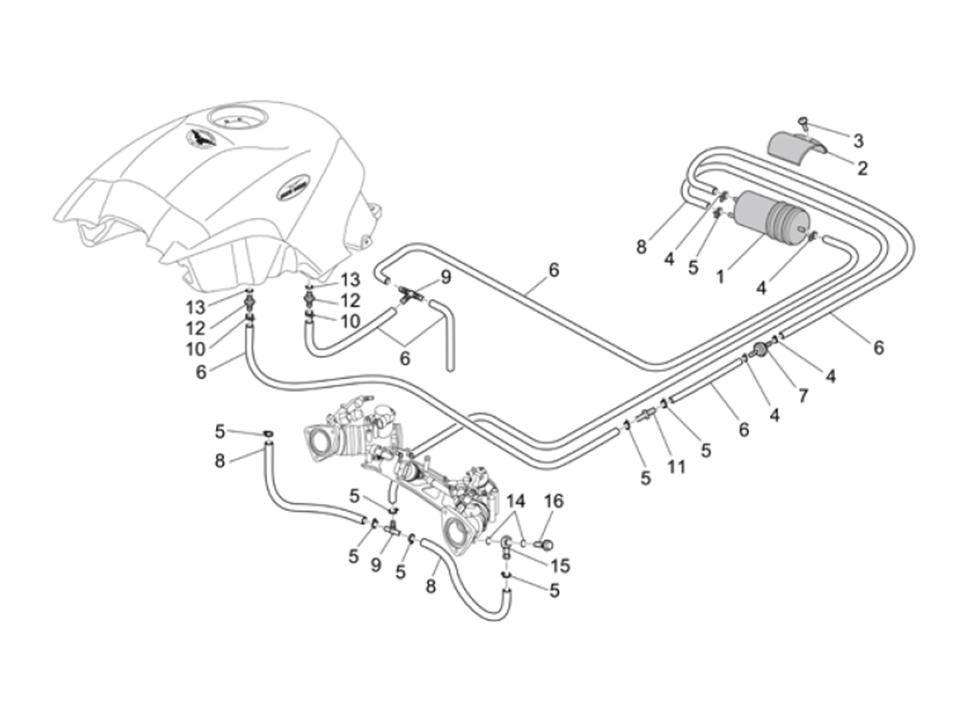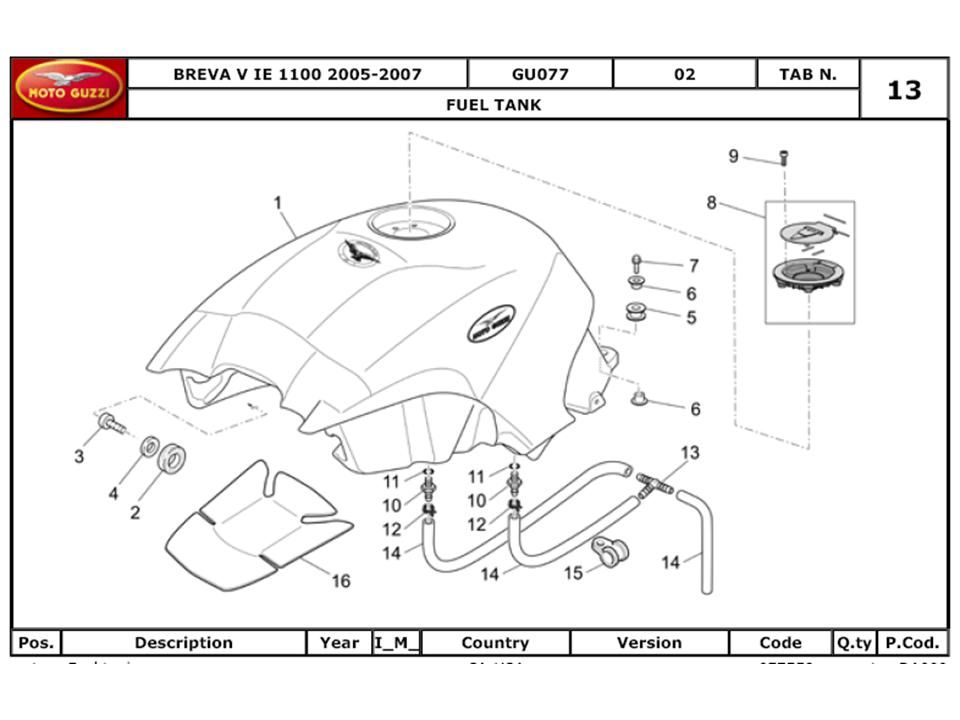JoeFaz
Tuned and Synch'ed
When my low fuel light comes on ('09 Norge), after several minutes I notice the odo will switch from its normal reading of total miles and begin to count up from 0.0. What is this supposed to be telling me? Is it indicating how many miles I've gone since the light went on? I have cars which do similar but they tell me how many miles I have LEFT to go until empty which has proved to be handy info on many occasions. The Norge read out is confounding me, though, since by simply looking at my trip meter I'll know how far I've gone, anyway. :?


